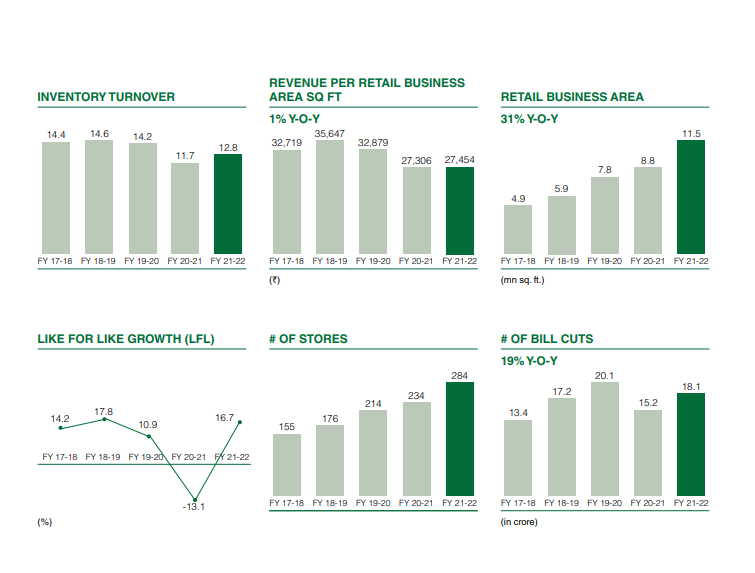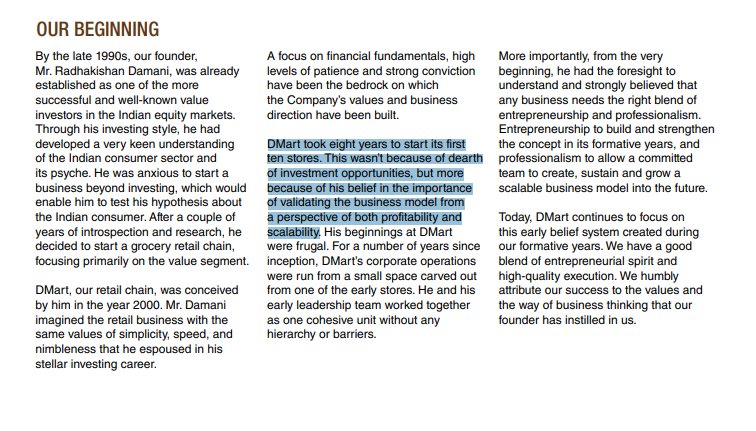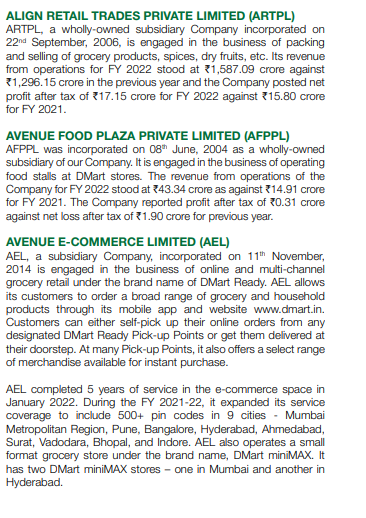
Nestle CY22 Annual Report Summary #AIAssisted
🍽️ Domestic sales contribution & growth
Prepared Dishes 32.2% 15.6%
Milk Products 40.4% 9.5%
Confectionery 16.0% 25.0%
Beverages 11.4% 19.2%
Prepared Dishes 32.2% 15.6%
Milk Products 40.4% 9.5%
Confectionery 16.0% 25.0%
Beverages 11.4% 19.2%
🍲 Prepared Dishes and Cooking Aids:
Nestle India's prepared dishes and cooking aids portfolio includes popular brands such as Maggi, Milkybar, and KitKat.
Contributed 32.2% to revenue, 15.6% revenue growth
Nestle India's prepared dishes and cooking aids portfolio includes popular brands such as Maggi, Milkybar, and KitKat.
Contributed 32.2% to revenue, 15.6% revenue growth
🥛 Prepared Milk Products and Nutrition Portfolio:
Nestle India's prepared milk products and nutrition portfolio includes popular brands such as Nestle a+ Milk, Everyday Dairy Whitener, and Ceregrow.
Contributed 40.4% to revenue, 9.5% revenue growth
Nestle India's prepared milk products and nutrition portfolio includes popular brands such as Nestle a+ Milk, Everyday Dairy Whitener, and Ceregrow.
Contributed 40.4% to revenue, 9.5% revenue growth
🥤 Beverages Portfolio:
Nestle India's beverages portfolio includes popular brands such as Nescafe, Milo, and Nestea.
Contributed 16.0% to revenue, 25.0% revenue growth
Nestle India's beverages portfolio includes popular brands such as Nescafe, Milo, and Nestea.
Contributed 16.0% to revenue, 25.0% revenue growth
🍫 Confectionery Portfolio:
Nestle India's confectionery portfolio includes popular brands such as KitKat, Milkybar, and Munch.
Contributed 11.4% to revenue, 19.2% revenue growth
Nestle India's confectionery portfolio includes popular brands such as KitKat, Milkybar, and Munch.
Contributed 11.4% to revenue, 19.2% revenue growth
🚚Logistics
Nestle India has focused on optimizing its logistics operations, increasing vehicle payload utilization from 90.3% in '19 to 94% in '22
The company has also increased railway logistics utilization from 0.2% in 19 to 6% in 22, reducing emissions & transportation costs
Nestle India has focused on optimizing its logistics operations, increasing vehicle payload utilization from 90.3% in '19 to 94% in '22
The company has also increased railway logistics utilization from 0.2% in 19 to 6% in 22, reducing emissions & transportation costs
🌳 Rurban Approach and Distribution Touchpoints:
21. Nestle India follows a "rurban" approach, which involves focusing on both rural and urban markets.
The company has a wide distribution network that includes over 4,000 distributors and 2.5 million retail touchpoints
21. Nestle India follows a "rurban" approach, which involves focusing on both rural and urban markets.
The company has a wide distribution network that includes over 4,000 distributors and 2.5 million retail touchpoints
🍼 Gerber launch in India
In 2022, Nestle India launched Gerber, a global baby food brand, in India.
Gerber's variants include infant cereals, fruit and vegetable purees, and toddler snacks, targeting the growing demand for nutritious and convenient baby food in India.
In 2022, Nestle India launched Gerber, a global baby food brand, in India.
Gerber's variants include infant cereals, fruit and vegetable purees, and toddler snacks, targeting the growing demand for nutritious and convenient baby food in India.
🌾 Millets:
Nestle has incorporated millets, a traditional Indian grain, into its products to cater to health-conscious consumers.
The company has also invested in R&D to develop new millet-based products: Maggi Nutri-licious Masala Millet noodles and NesPlus Millet Cookies.
Nestle has incorporated millets, a traditional Indian grain, into its products to cater to health-conscious consumers.
The company has also invested in R&D to develop new millet-based products: Maggi Nutri-licious Masala Millet noodles and NesPlus Millet Cookies.
🛍️ Growth in e-commerce contribution:
E-commerce's contribution to Nestle India's revenue grew from 0.6% in 2016 to 6.5% in 2022.
The company has invested in building e-commerce capabilities, expanding its online presence, and improving distribution networks.
E-commerce's contribution to Nestle India's revenue grew from 0.6% in 2016 to 6.5% in 2022.
The company has invested in building e-commerce capabilities, expanding its online presence, and improving distribution networks.
Disclaimer: This annual report summary has been created with the assistance of AI - and may contain both factual and judgment errors. It is for informational & educational purposes only and is NOT intended as investment advice.
• • •
Missing some Tweet in this thread? You can try to
force a refresh
















